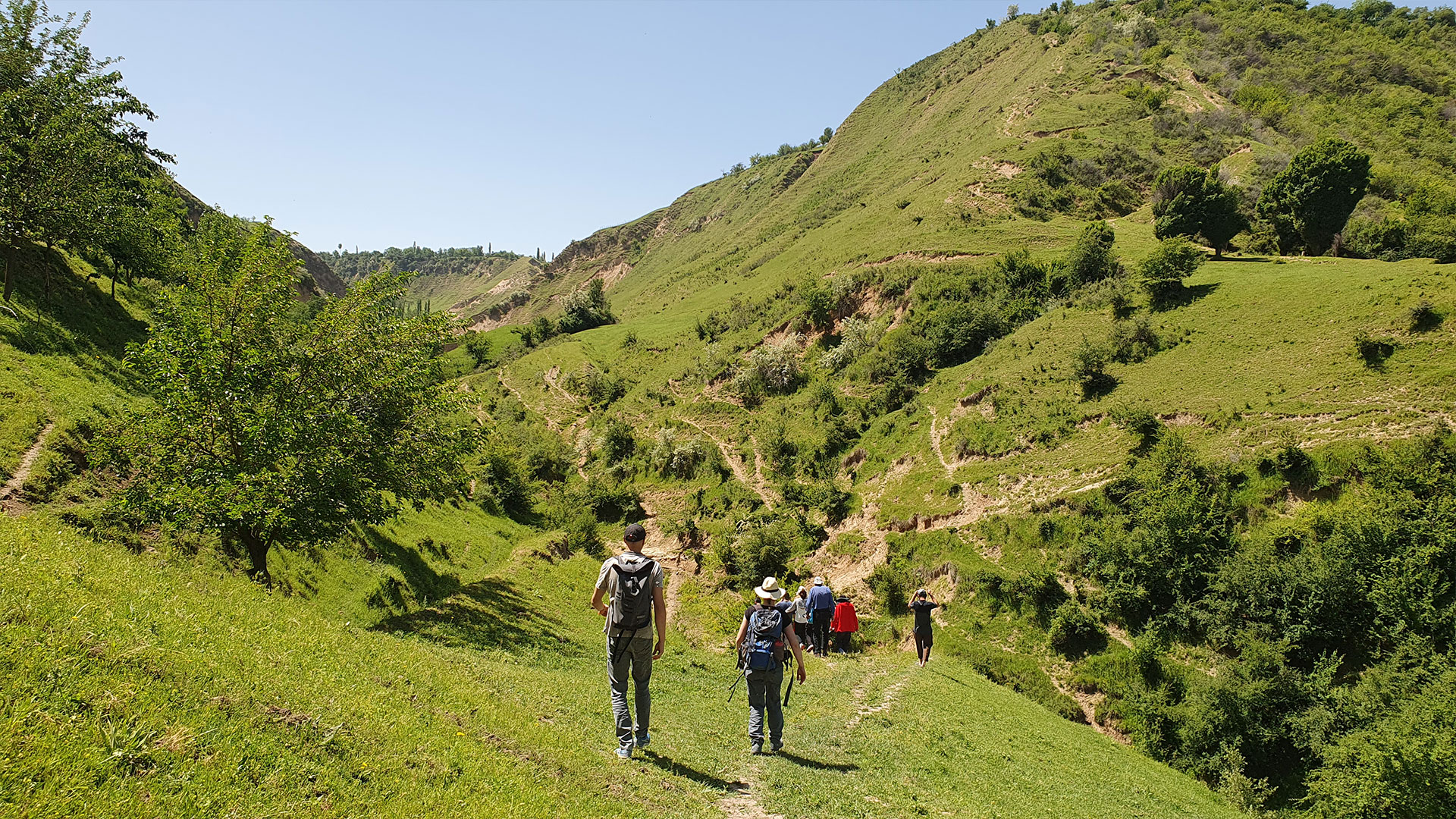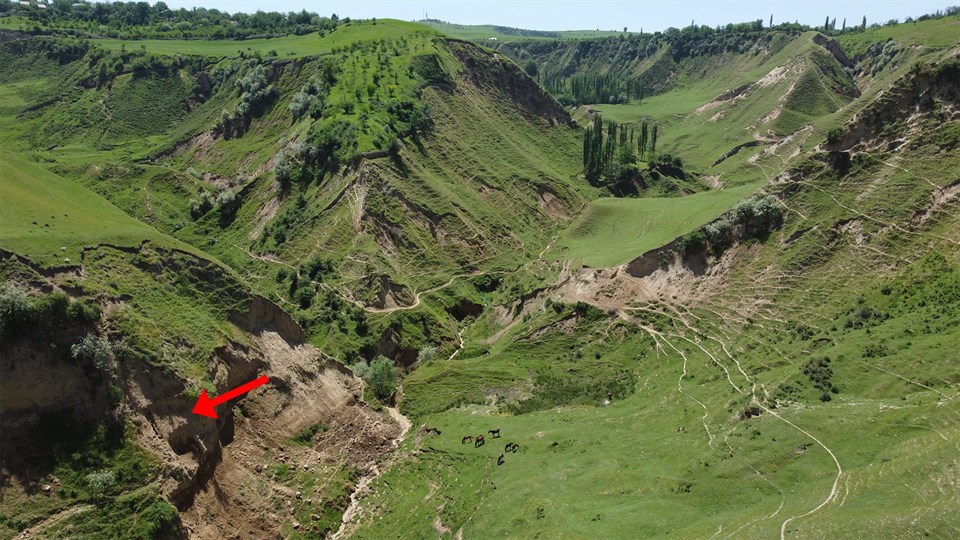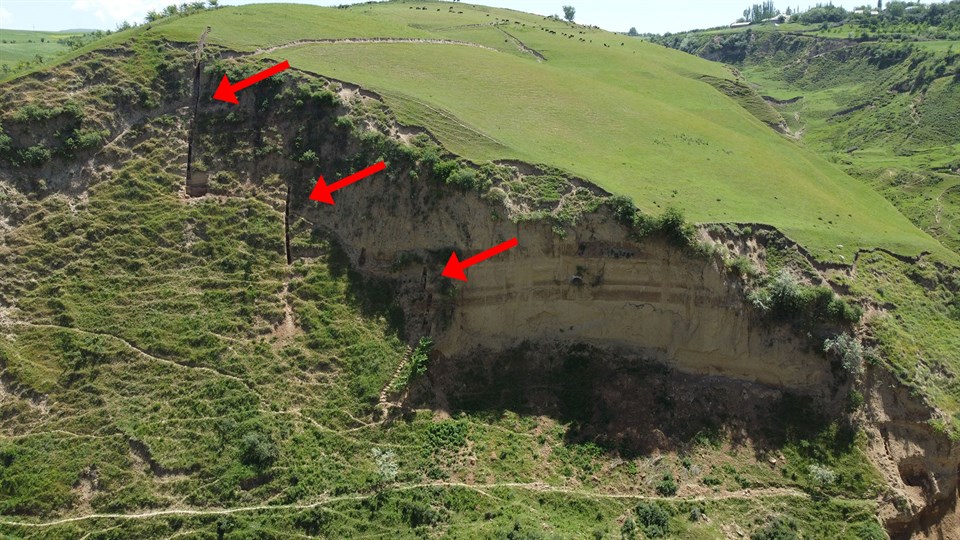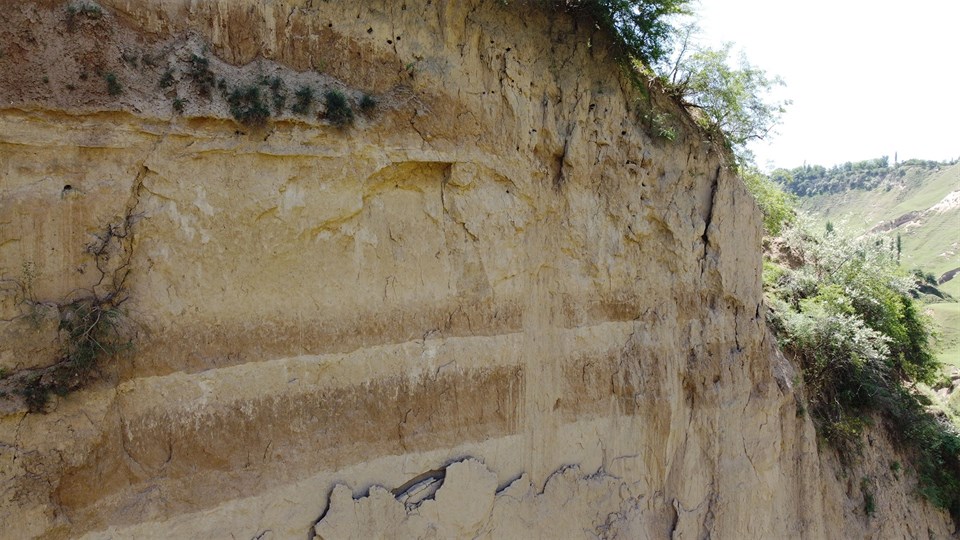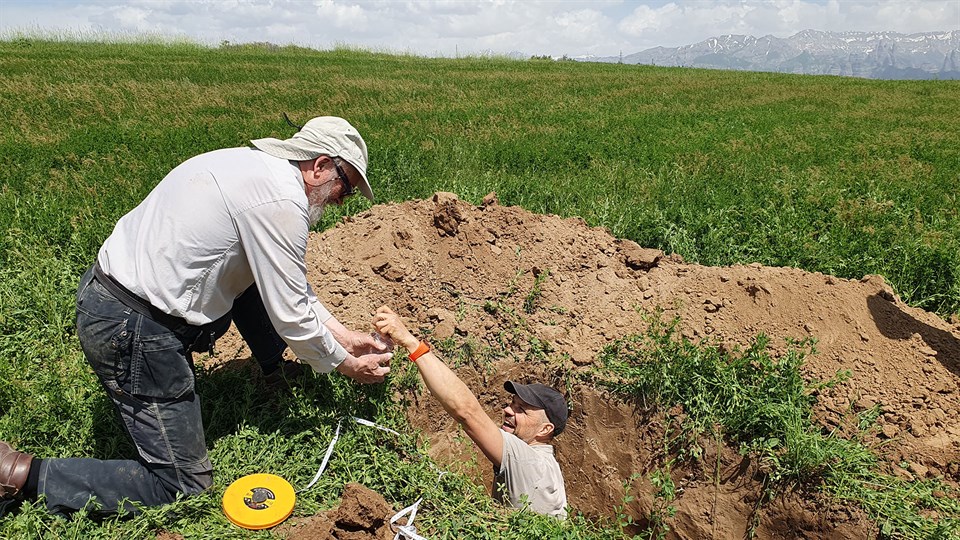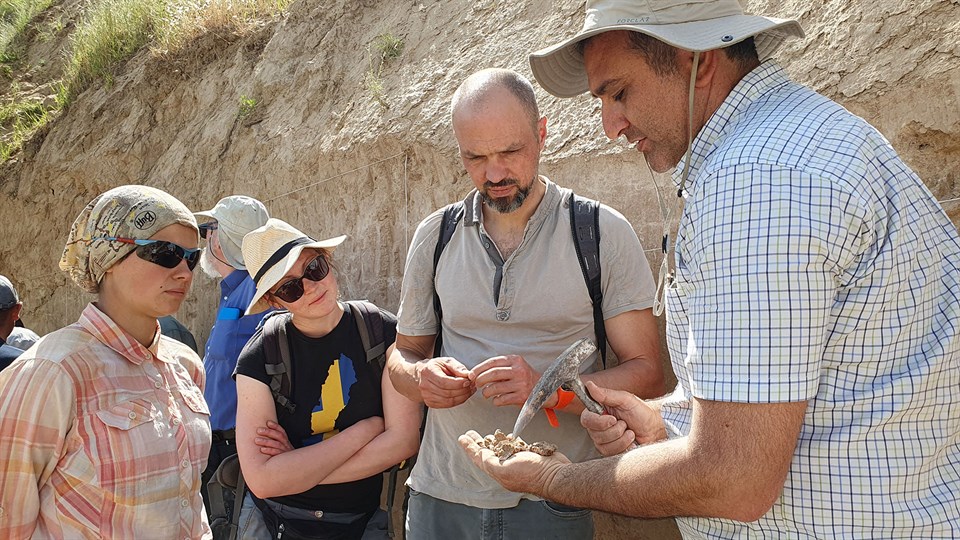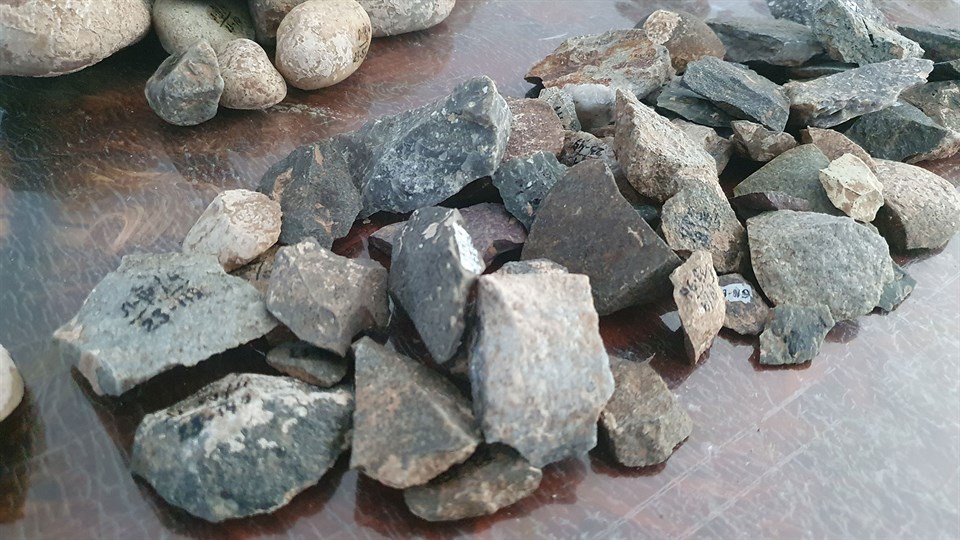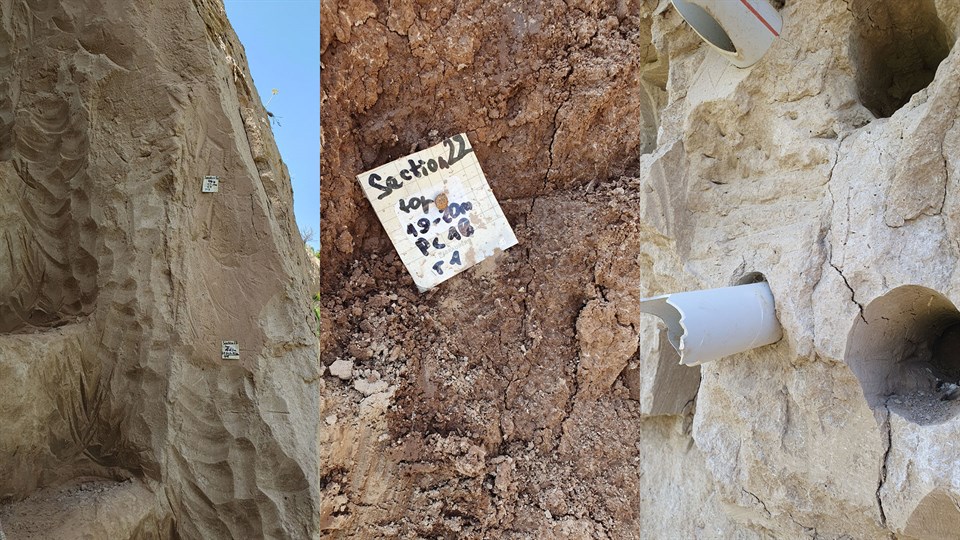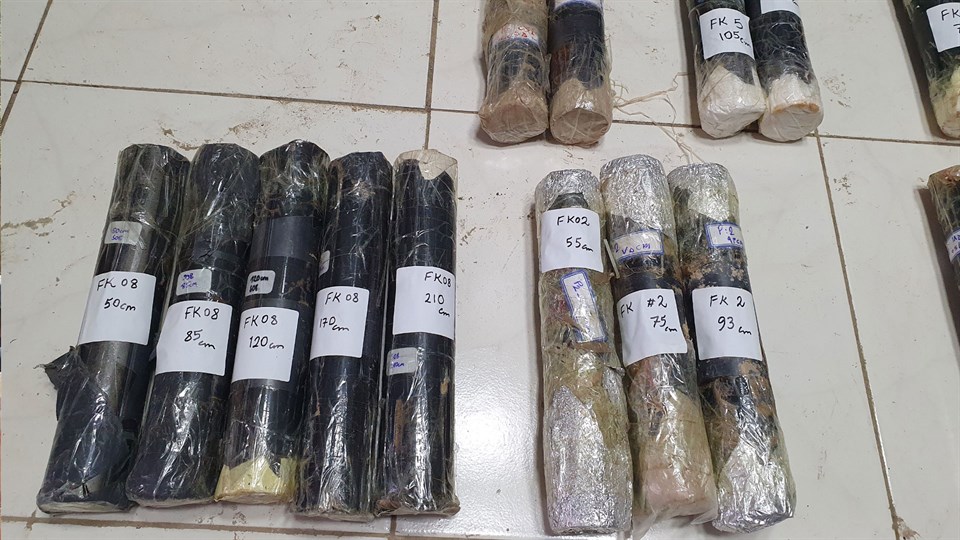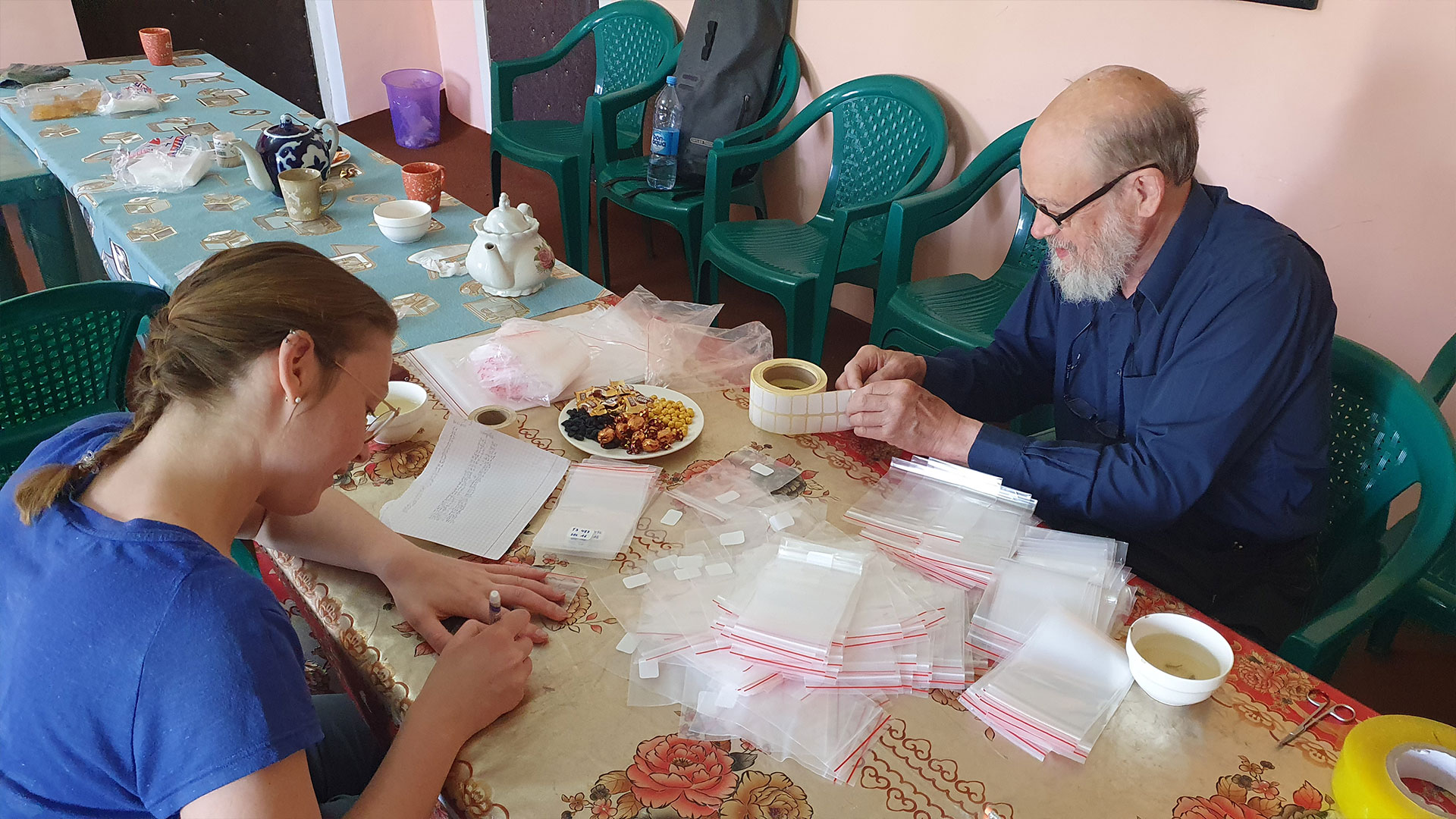What is luminescence dating?
A method to determine the age of certain materials such as sand, ceramics or stone since they were last exposed to daylight or were heated to temperatures above 300 ºC. It is based on the amount of energy it has absorbed over time through exposure to natural sources of radiation (decay of natural radionuclides such as uranium, thorium, and potassium). This energy begins to accumulate when the sand grains are shielded from light or heating has stopped.
This is because energy becomes trapped within the atomic structure of the material—kind of like a battery that is being charged. When the material is exposed to light, part of the trapped energy is released in the form of luminescence which can be measured in the laboratory.
Using specialized equipment, scientists can expose samples of sand to light and measure the amount of stored energy (luminescence) that has accumulated since burial. By dividing the amount of energy in a sample that was trapped there since burial by the known rate at which the energy accumulates, the scientists can determine when the sample was last exposed to sunlight or heated.
Once covered by even the thinnest layer, the sand will start to absorb energy anew.
